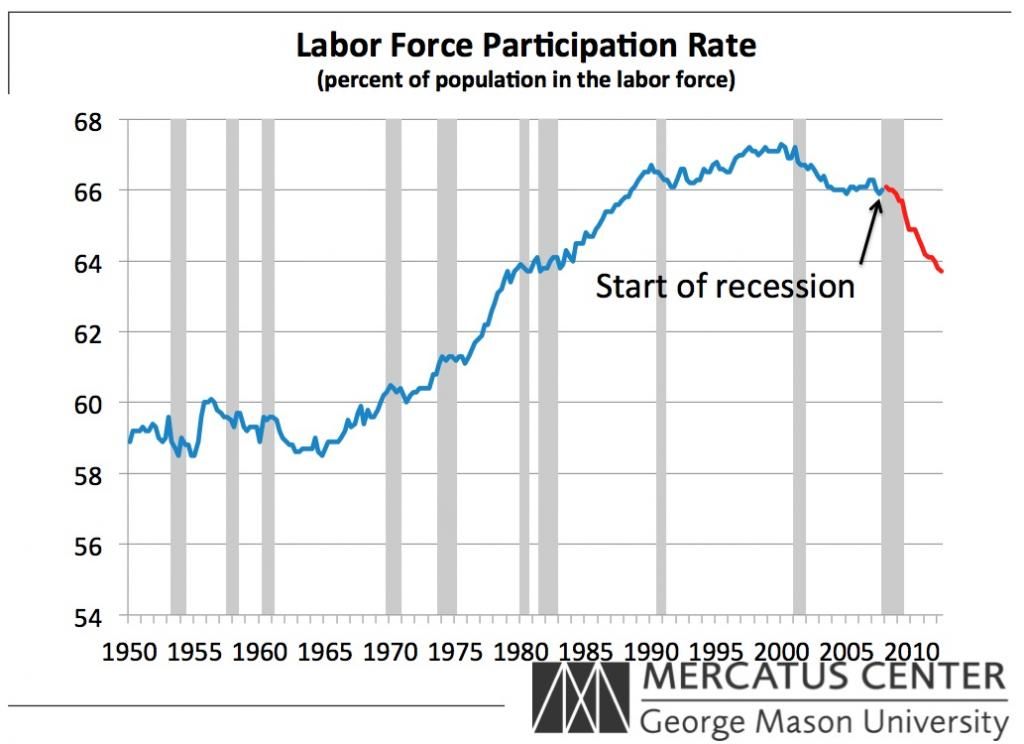You might've also heard that Apple sold over 5 million new iPhone 5's over the product's debut weekend. Certainly, there are millions of people in the United States who can afford a nice new phone, and millions more who – although they can't afford it – will choose to buy one anyway because that's a consumption priority for them.
But consumption figures, especially as they relate to one new product, don't tell the full story.
When we get away from the headlines and take a deeper look into our national economic indicators… it's bad news folks:
GDP: Today the second quarter GDP number was revised for a third time. This time, the revision brings the number down from 1.7 percent to 1.3 percent. Our GDP is the sum of all output of goods and services in the United States. It's made up of personal consumption, exports, and investments. In the first quarter of 2012, GDP growth was at 2 percent. That's about the minimum for a healthy economy. Undoubtedly, it's been a bumpy road for GDP growth since 2007, but the Q2 downward revision means the road isn't smoothing out anytime soon.
Unemployment: According to the news, unemployment has been steady around 8-8.5 percent for all of 2012. That's correct. But that figure only captures the number of people who are looking for work. The employment situation in the U.S. is so bad today that many (millions) of people have given up looking for work entirely, and have instead dropped out of the labor supply. When people do this, it actually makes the national unemployment statistic look better, since the denominator in the fraction gets smaller. If you are curious how labor force participation is doing these days, check out this graph from the Mercatus Center. As you can tell, we are at about the same rate as September 1981 (about 63 percent), and the trend is downward.
So next time you're considering, "Is the economy really that bad?" The answer is a resounding yes. The unemployment situation has not "stayed about the same" or plateaued, but instead, we continue to bleed workers out of the labor supply as they are discouraged from finding any work. It's no small wonder, then, that the rolls of food stamps and federal assistance have increased.
It's also no small wonder that voters continue to rank the economy and job creation as their number one issue in this year's elections.



